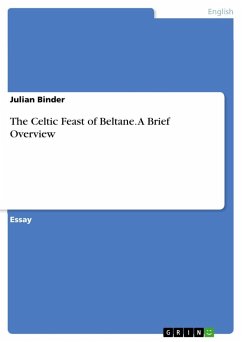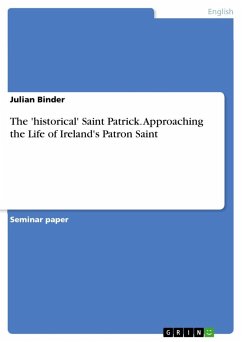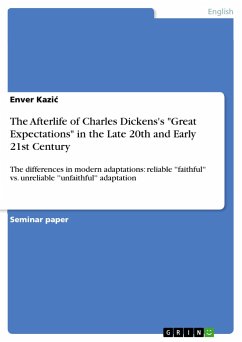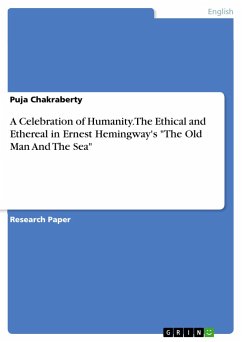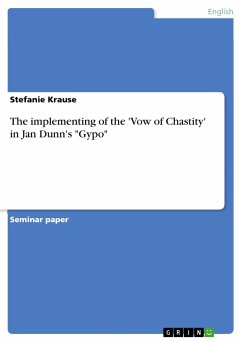Essay from the year 2015 in the subject English Language and Literature Studies - Culture and Applied Geography, grade: 1.0, University of Tubingen (Department of English), language: English, abstract: In short, Beltane, sometimes also spelled 'Beltaine' in Ireland, 'Beltiunn' in Scotland, 'Shenn da Boaldyn' (the Calends of May) in Wales, and also formerly known as Cetshamhain, was - and in some places still is - a very important feast in the Gaelic world which marked the beginning of the warm half of the year, and which was especially associated with fertility and the victory of a solar deity over the powers of darkness. With the approach of summer and a new harvest to come, growth and protection of crops and livestock played a very important role, particularly among peoples which depended entirely on agriculture. For this reason, it does not seem surprising that the old Celts had, already in pre-Christian times, certain rituals in order to appease the deity associated with the sun and to bid for protection of their cattle and their harvest. On May Eve and May Day, Beltane fires were lit in order to honour and to encourage the power of the sun, and libations and other sacrifices were made to the respective gods and animals, as can be seen in the example above. However, there does not seem to have existed a unified way to celebrate Beltane. Local variations and different traditions can be observed, and it is very difficult to make universally valid claims concerning the procedures of the Celtic Beltane feasts in different areas. It is, nevertheless, the aim of this paper to provide a very brief overview of this very important Celtic feast. In the following lines, the most important days of the Celtic ritual year will be introduced, and it will be attempted to answer the questions "what is Beltane?", "where does the name come from?", "how was it celebrated?", and "why was it so important?" Moreover, some interesting Beltane traditions and rituals will be presented, and a very brief overview of some present-day Beltane survivals and revivals will be provided.

